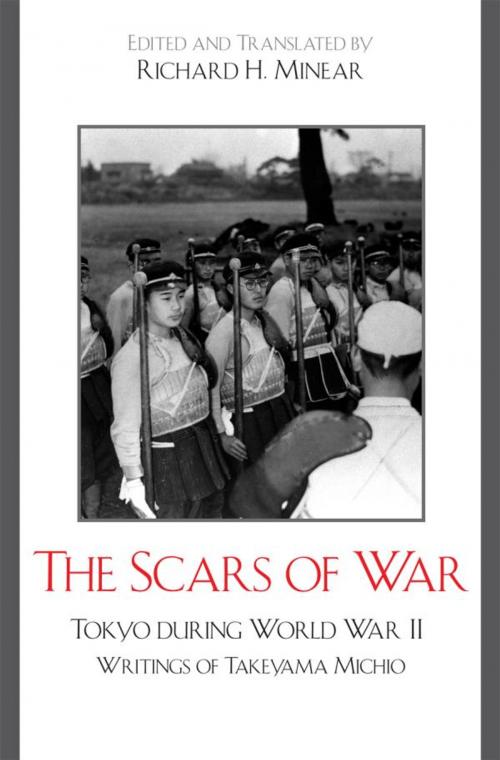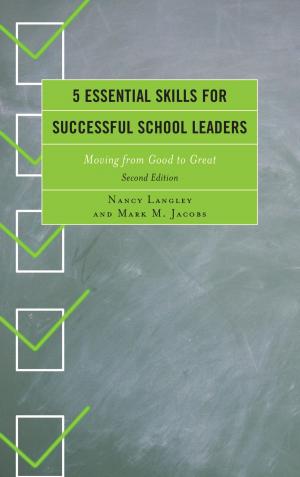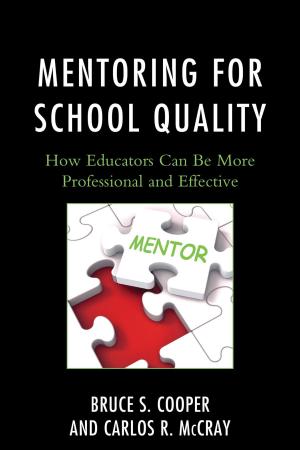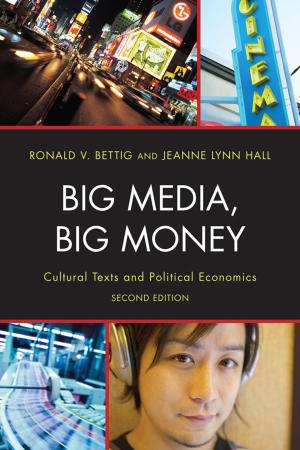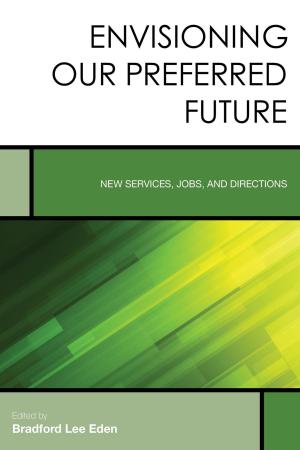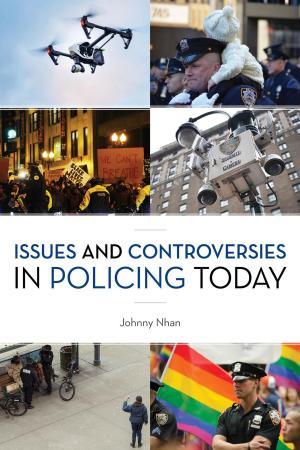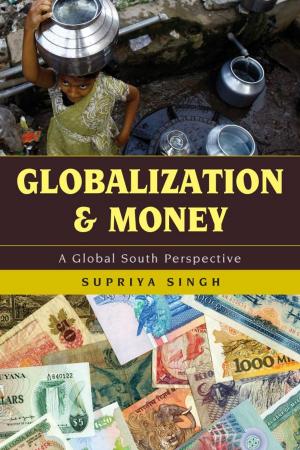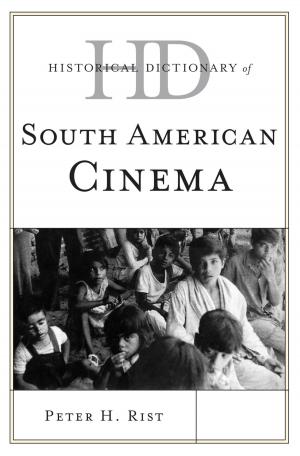The Scars of War
Tokyo during World War II: Writings of Takeyama Michio
Nonfiction, History, Asian, Japan, Military, World War II| Author: | ISBN: | 9781461645535 | |
| Publisher: | Rowman & Littlefield Publishers | Publication: | July 9, 2007 |
| Imprint: | Rowman & Littlefield Publishers | Language: | English |
| Author: | |
| ISBN: | 9781461645535 |
| Publisher: | Rowman & Littlefield Publishers |
| Publication: | July 9, 2007 |
| Imprint: | Rowman & Littlefield Publishers |
| Language: | English |
Takeyama Michio, the author of Harp of Burma, was thirty-seven in 1941, the year of the Japanese attack on Pearl Harbor. Husband, father of children born during the war, and teacher at Japan's elite school of higher education in Tokyo, he experienced the war on its home front. His essays provide us with a personal record of the bombing of Tokyo, the shortage of food, the inability to get accurate information about the war, the frictions between civilians and military and between his elite students and other civilians, the mobilization of students into factory jobs and the military, and the relocation of civilians out of the Tokyo area. This intimate account of the “scars of war,” including personal anecdotes from Takeyama's students and family, is one of very few histories from this unique vantage point. Takeyama's writings educate readers about how the war affected ordinary Japanese and convey his thoughts about Japan's ally Germany, the Tokyo War Crimes Trial, and the immediate postwar years. Beautifully translated by Richard H. Minear, these honest and moving essays are a fresh look at the history of Japan during the Asia-Pacific War.
Takeyama Michio, the author of Harp of Burma, was thirty-seven in 1941, the year of the Japanese attack on Pearl Harbor. Husband, father of children born during the war, and teacher at Japan's elite school of higher education in Tokyo, he experienced the war on its home front. His essays provide us with a personal record of the bombing of Tokyo, the shortage of food, the inability to get accurate information about the war, the frictions between civilians and military and between his elite students and other civilians, the mobilization of students into factory jobs and the military, and the relocation of civilians out of the Tokyo area. This intimate account of the “scars of war,” including personal anecdotes from Takeyama's students and family, is one of very few histories from this unique vantage point. Takeyama's writings educate readers about how the war affected ordinary Japanese and convey his thoughts about Japan's ally Germany, the Tokyo War Crimes Trial, and the immediate postwar years. Beautifully translated by Richard H. Minear, these honest and moving essays are a fresh look at the history of Japan during the Asia-Pacific War.
